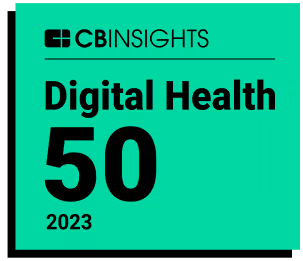What are different ways to incentivize providers to align with value-based care?
The transition to value-based care is a major shift, requiring significant work on the part of healthcare organizations and medical professionals. To encourage healthcare providers to align with the principles of value-based care, it is important to ensure that they understand why making this move is in their best interest. One key way to make that happen is to offer them meaningful, performance-based incentives.
There are various approaches healthcare organizations can take to incentivize providers to excel in value-based care. The incentives can be financial (such as bonuses), but can also include non-financial benefits (such as paid time off). These incentives may be provided either to individuals based on their own performance, or to teams of medical professionals based on their collective performance as a group.
One important question for healthcare organizations at the start of their value-based journey is when to start providing incentives to its medical professionals. The organization might opt to wait until it starts reaping the financial benefits of this shift before delivering performance-based rewards, so that the benefits it earns can cover the costs of the incentives it offers. But by starting to provide incentives in the early stages of the shift to value-based care, a healthcare organization can give its providers some extra motivation to embrace the value-based model – helping make the shift smoother and more successful.
Perhaps most importantly, when healthcare organizations use performance-based incentives to support their adoption of value-based care, they need to determine the metrics they’ll use to grant the incentives. They may set specific minimum thresholds that providers must reach in order to get a certain reward – or they may calculate rewards using a mathematical formula, so that providers who deliver the strongest results get the largest rewards.



.png)













